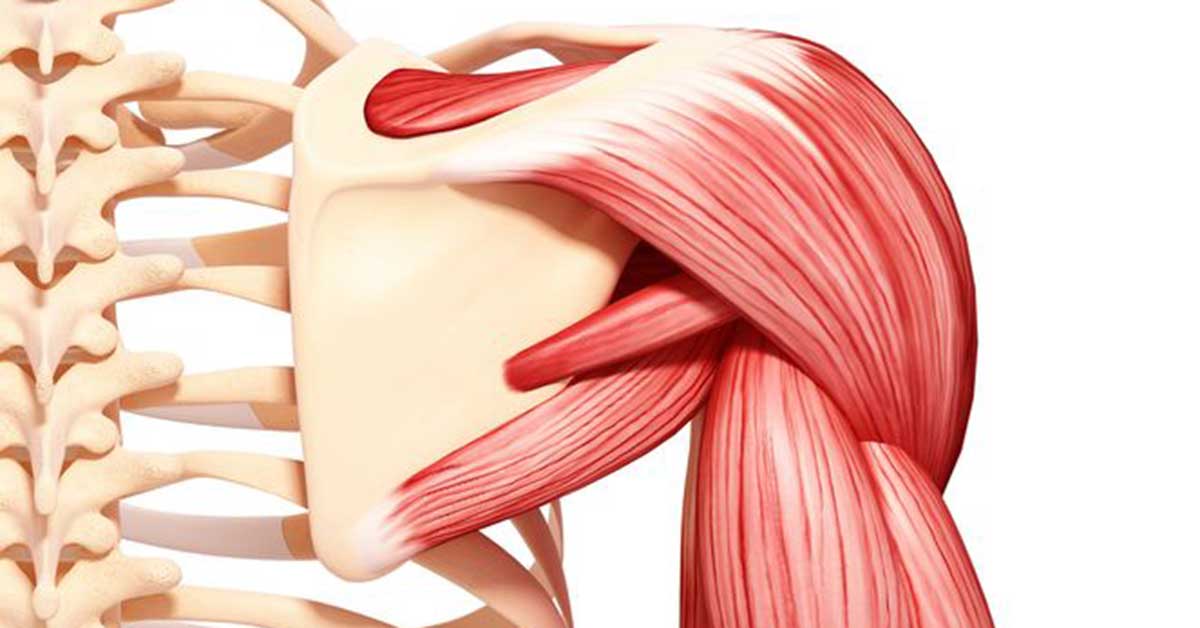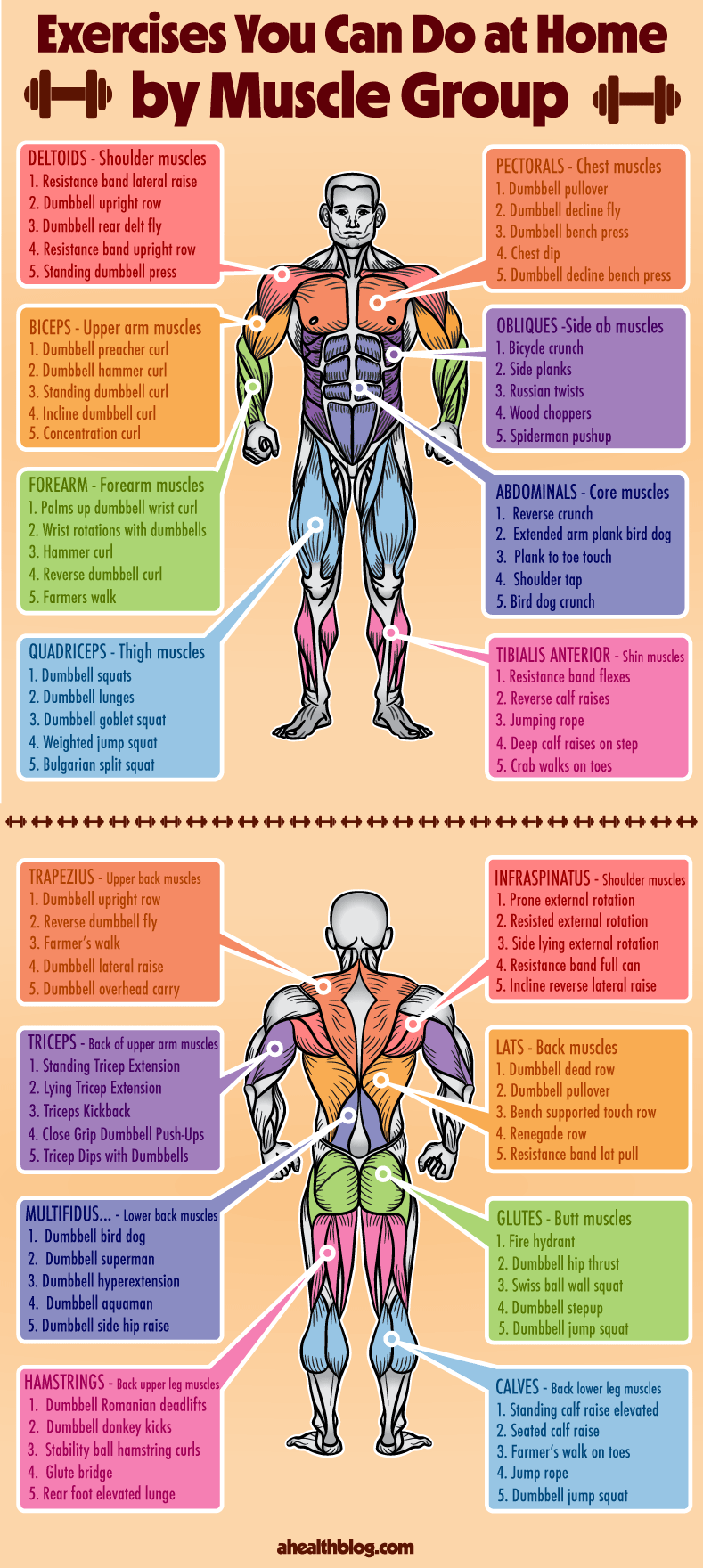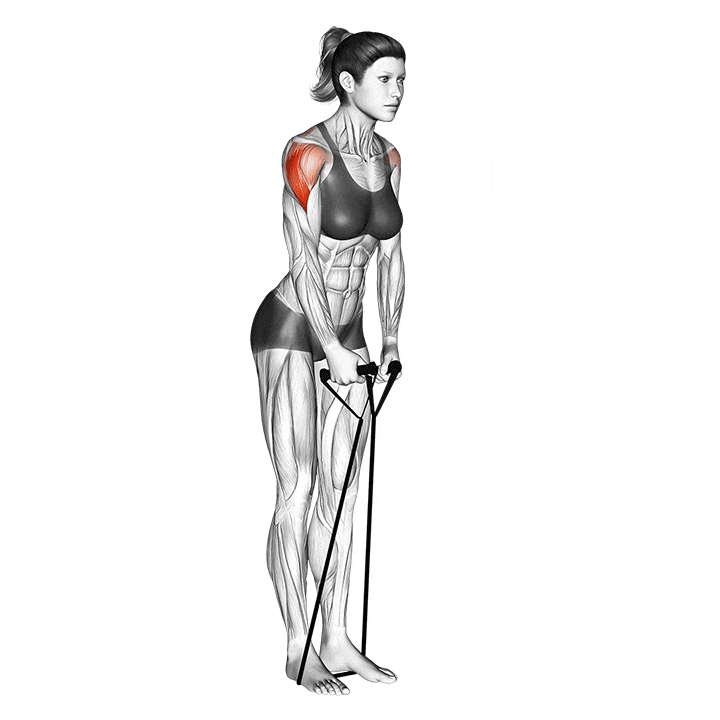The deltoid is a triangular shaped muscle that attaches at the spine and lateral third of the clavicle. It can be divided into three parts: anterior (front), lateral (side), and posterior (rear). When all three parts are contracting simultaneously, the deltoid can help abduct the arm past 15 degrees.
Throughout abduction, the anterior and posterior parts of the deltoid play an important role in stabilizing the arm. If you’re looking to raise your arm above 15 degrees, the lateral head also helps with this process. When walking, the anterior head of the deltoid moves your arm forward. This contrasts to the posterior part of the deltoid which works with a different muscle group to extend your arm when walking.
Benefits of side delt exercises
Side deltoid exercises work on the muscles that are on the outside of your shoulders. They also work on stabilizing muscles, which can help you prevent muscle strains and injuries in other parts of your body. We will provide you with 5 of the best lateral delt exercises that can help to build and strengthen your side delts.
Each of the following exercises can be done with 2 to 3 sets of 8 to 12 repetitions, meaning that the above steps need to be repeated for 8 to 12 times with 1 -2 minute break before repeating the set another 2 or 3 times.
1. Resistance band lateral raise
This is a classic exercise for working and building the side delts. The only equipment you really need for this lateral deltoid exercise is a resistance band.
What muscles does the resistance band lateral raise work?
Primary muscles worked:
The resistance band lateral raise is a great exercise for the lateral delts. The primary muscles that are worked in this exercise are the side or shoulder deltoid muscle.
Secondary muscles worked:
This secondary muscles targeted by this exercise are the anterior and posterior deltoids as well as the trapezius. It also includes a small degree of focus on the triceps.
Benefits of the resistance band lateral raise
1. Helps to improve shoulder mobility
This exercise will target your shoulders, upper back, and core muscles, helping to improve shoulder mobility.
Instructions for the resistance band lateral raise
1. Step on the middle of an elastic band with your feet about hip-width apart and take hold of each side. Stand tall putting your chest out and back straight. Keep your arms at your sides. This is the starting position.
2. Tighten your abs, making sure that you are not arching your back. Using your elbows as a fulcrum, slowly raise your arms up from the sides of your body using just the slightest bend in the elbows at all times.
3. When your arms reach parallel with the floor, pause and feel the contraction. Allow your arms to slowly return back to the starting position.





